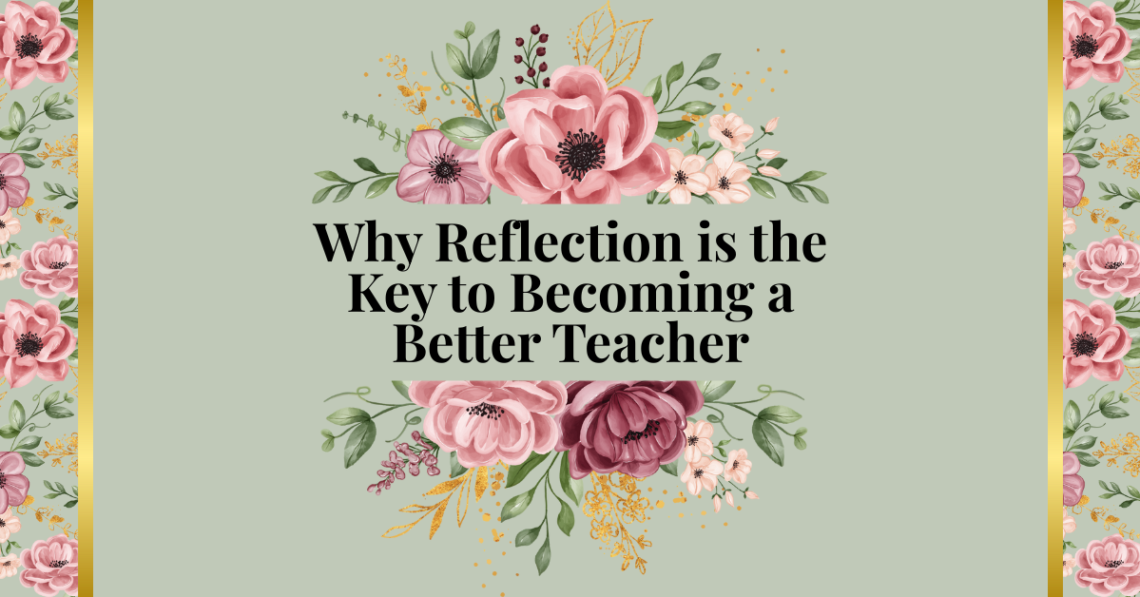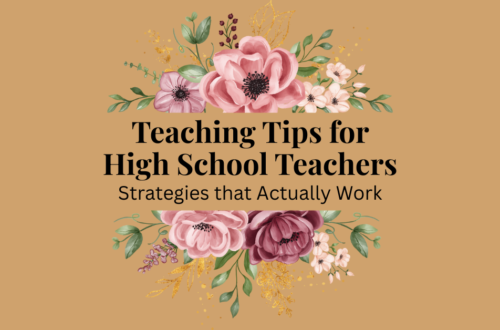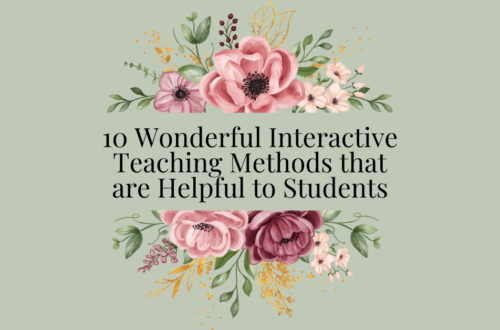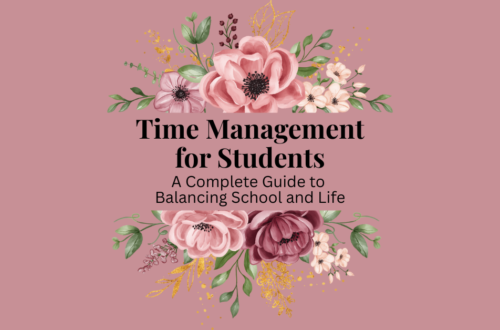Teaching is more than just delivering lessons—it’s about growth, both for students and teachers. The classroom is a dynamic place where every day brings new challenges and opportunities. In the midst of managing lessons, behaviors, and assessments, one of the most valuable habits a teacher can build is reflection.
Reflection is a powerful tool that helps educators refine their teaching practices and better serve their students. In this post, we’ll explore why reflection is essential and how it can make you a more effective teacher.
The Importance of Reflection in Teaching
1. Continuous Improvement
Education is ever-changing. New research, strategies, and technologies shape how we teach. Regular reflection allows you to adapt, experiment, and grow your practice intentionally instead of falling into autopilot.
2. Better Student Outcomes
When we take time to analyze what worked (and what didn’t), we can fine-tune our instruction. This means our students benefit from lessons that are more engaging, more accessible, and more impactful.
3. Increased Self-Awareness
Reflection helps us understand our teaching style, identify our strengths, and recognize areas that need growth. Self-aware teachers are more purposeful and intentional in the classroom.
Types of Teacher Reflection
Daily Reflection
Take five minutes at the end of the day to mentally walk through your lessons. What worked? What didn’t? Did students seem engaged? What will you tweak tomorrow?
Weekly or Monthly Reflection
Zoom out and look for patterns. Are certain students consistently disengaged? Are some lessons consistently rushed? These reflections help with long-term planning.
End-of-Year Reflection
After the dust settles, reflect on the year as a whole. What were your biggest wins? What challenges stretched you the most? What goals do you want to set for next year?
Student Feedback-Based Reflection
Sometimes the best insights come straight from your students. Consider giving anonymous surveys or asking for open feedback. Their voices can highlight blind spots and inspire new strategies.
How to Reflect Effectively
Ask Yourself Key Questions:
- What went well in today’s lesson?
- What challenges did I face?
- How did my students respond?
- What can I do differently next time?
Keep a Teaching Journal
Whether digital or on paper, jotting down reflections helps track progress over time. You’ll be amazed at how far you’ve come.
Collaborate with Colleagues
You don’t have to do this alone. Talking through challenges and sharing wins with fellow teachers can lead to new ideas and encouragement.
Use Data & Student Work
Let the numbers and student performance guide your reflections. Assessments, projects, and class discussions offer clues on what to adjust or revisit.
The Benefits of Reflection
- Reduces Burnout – When you pause to celebrate progress and purpose, you stay rooted in why you teach.
- Improves Classroom Management – Reflecting on behavior trends can help you refine routines and relationships.
- Encourages Lifelong Learning – Reflection makes you a learner again, modeling exactly what we want for our students.
- Builds Stronger Relationships with Students – By reflecting on how you interact with students, you’ll become more empathetic and effective in connecting with them.
Conclusion & Call to Action
Reflection isn’t just about looking back—it’s about moving forward.
So challenge yourself: set aside time each week to reflect, even if it’s just for five minutes. Keep a journal, talk with a colleague, or review student work. Small changes lead to big growth.
How do you reflect as a teacher?
Share your favorite strategies in the comments—I’d love to learn from you!





